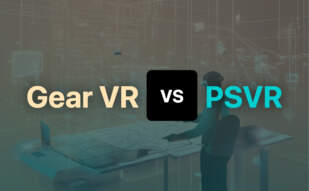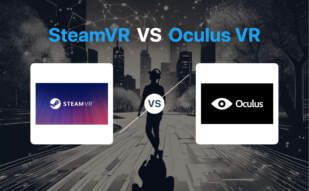For immersive, realistic VR experiences at a cost-effective rate, Oculus Rift proves superior. However, for mobile VR-based gaming and simulations, especially on Samsung Galaxy devices, Gear VR was the preferred choice. (Note: Gear VR has been discontinued since Sep 2020).
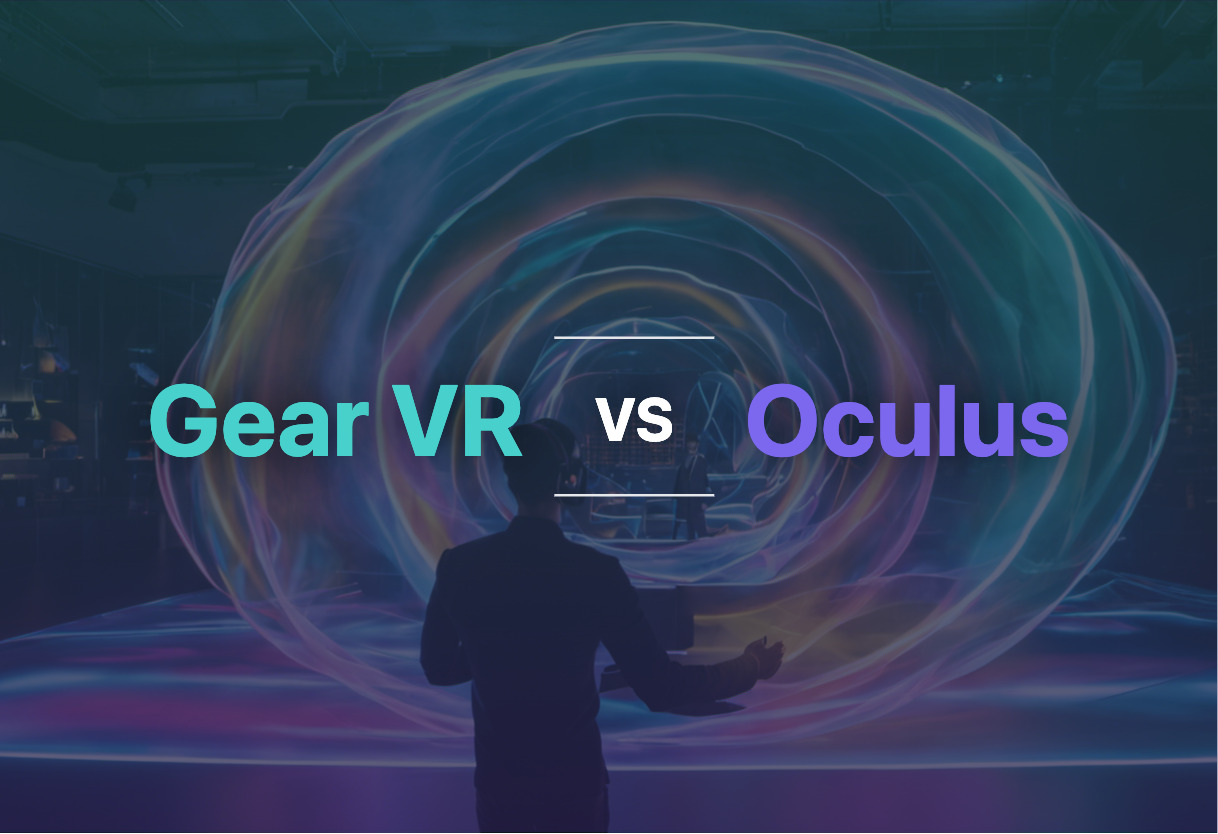
Key Differences Between Gear VR and Oculus
- Developer: Gear VR developed by Samsung Electronics and Oculus VR, Oculus Rift developed solely by Oculus VR.
- Dependent Device: Gear VR requires a compatible Samsung Galaxy device. Oculus Rift operates independently.
- Release and Discontinuation: Gear VR released Nov 2015 and discontinued Sep 2020. Oculus Rift was first released Mar 2013.
- Usage: Gear VR primarily for mobile VR-based gaming, Oculus Rift for immersive, realistic VR experiences.
- Hardware: Gear VR uses Samsung mobile as display, Oculus Rift has its own display and hardware.
| Comparison | Samsung Gear VR | Oculus Rift |
|---|---|---|
| Initial Release | Nov 27, 2015 | March 2013 |
| Discontinued | Sep 30, 2020 | April 2021 |
| Technology | Smartphone as display and processor, custom IMU for rotational tracking, USB-C or micro-USB connectivity | Geometric pre-distortion, large stereoscopic field-of-view, 3-axis gyros, accelerometers, magnetometers for head tracking |
| FOV | 96 degrees for first three models, 101 degrees for R323 | 90 degrees horizontal, 110 degrees vertical |
| Use-cases | Mobile VR-based gaming, simulations, educational applications in science and medicine | Immersive VR experience at accessible cost, software library compatible with successor Oculus Quest |
| Legacy | No longer supported by Samsung as of Sep 2020, XR service terminated, Oculus still providing continued support | Rift S discontinued April 2021, ending Oculus Rift line |
What Is Samsung Gear VR and Who’s It For?
Samsung Gear VR is a virtual reality headset developed by Samsung Electronics and Oculus VR. Released in 2015 and discontinued by Samsung in 2020, it was designed for compatible Samsung Galaxy devices used as display and processor, while Gear VR worked as a controller and tracking device. It primarily catered to mobile VR-based gaming enthusiasts, simulation users, and professionals seeking multimedia applications in science and medical education.

Pros of Samsung Gear VR
- Optimized hardware and kernel guaranteeing low latency
- Touchpad and back button for smooth navigation
- Wide field of view offering immersive experience
- Adjustable focus and volume control
Cons of Samsung Gear VR
- Support limited to specific Samsung Galaxy devices
- XR service by Samsung got discontinued
- Users personal data deleted after end of Samsung service
What Is Oculus Rift and Who’s It For?
Oculus Rift is a groundbreaking VR headset line developed and manufactured by Oculus VR, offering users a realistic immersive experience. Debuting in March 2013 with the rift DK1, it has continually evolved, leading to its replacement, Oculus Rift S, in 2019. Oculus Rift targeted VR enthusiasts, gamers, and professionals in various fields like architecture, medical, and military training that require 3D simulations.

Pros of Oculus Rift
- Superior field of view, providing realistic VR experience
- Headset offers precise head orientation tracking
- Effective resolution improving clarity
- Large software library enhancing user experience
Cons of Oculus Rift
- Occasional screen door effect
- Relatively high cost compared to some competitors
- Oculus Rift line concluded with discontinuation of Rift S in 2021
Which Virtual Reality Powerhouse Hits the Mark: Gear VR or Oculus Rift?
After thorough comparison and examination of two VR juggernauts, it’s time to decipher the verdict. Let’s break this down per audience sector:
Tech Game Developers
For developers centered on mobile VR gaming, Samsung Gear VR’s inbuilt touchpad and proprietary IMU offer direct control and accurate rotational tracking abilities. Its compatibility with Galaxy devices and Three.js library support enables development of robust 3D animations, proving to be a strong contender.

VR Enthusiasts
VR enthusiasts seeking pioneering technology will find the Oculus Rift appealing. With its impressive stereoscopic 3D view, large Field of View, and reduced screen door effect, the experience is immersive. The absolute head orientation tracking grants them free reign in their VR journey.
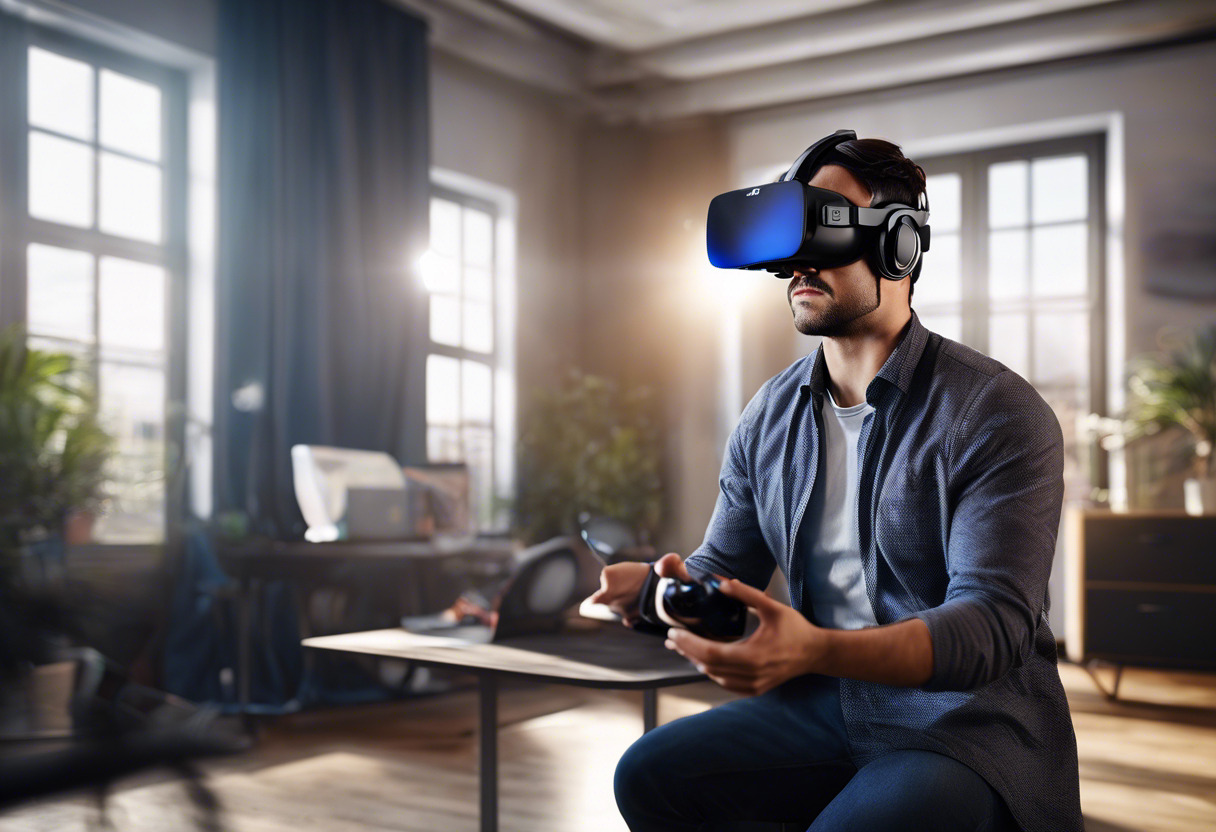
Early Adaptors
Oculus Rift is a perspicuous choice for early tech adopters. Its rapid evolution from initial prototypes to Oculus Rift S introduced various advancements. Oculus’ product line’s ongoing compatibility remains a decisive plus for those willing to adapt new iterations.
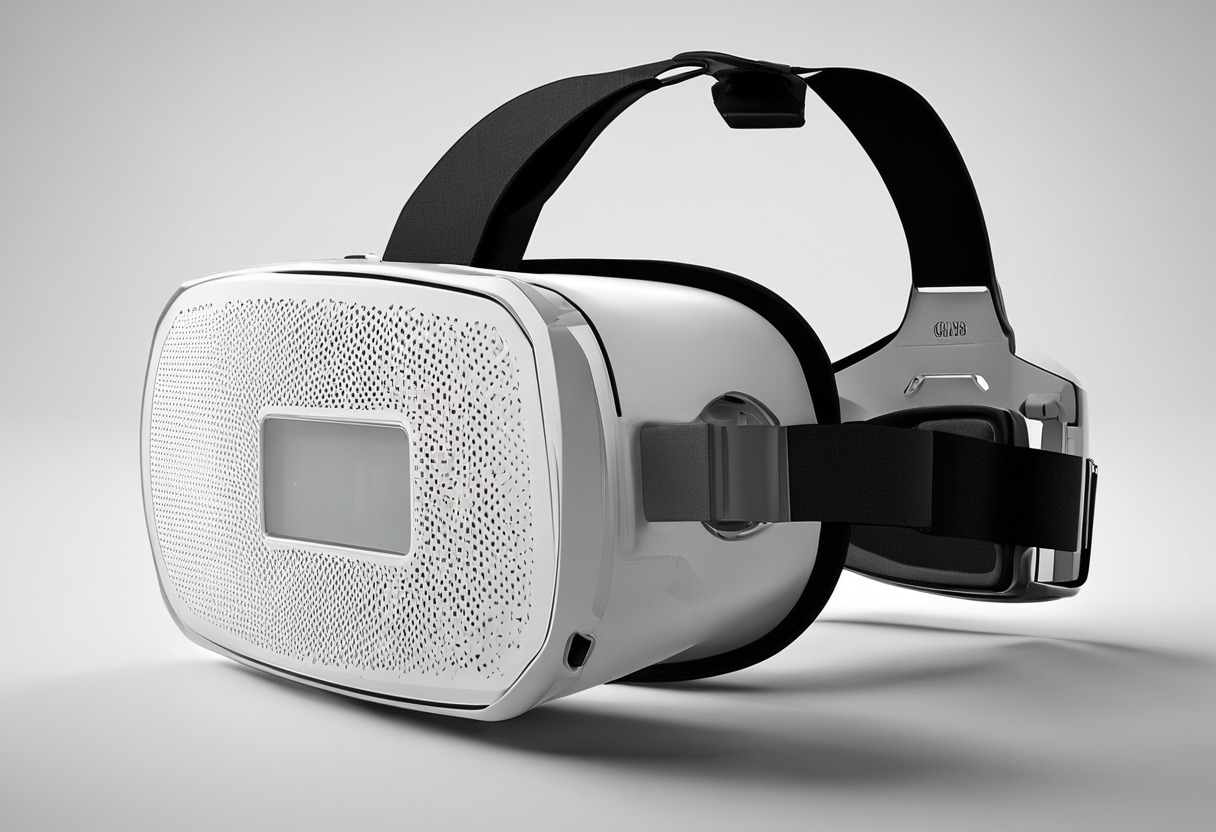
Mobile Integrated Users
Users who aim for seamless integration with mobile devices, Gear VR, offering direct compatibility with a vast Galaxy device range, takes the lead. Despite Samsung’s discontinued support, Oculus continues to maintain the platform, ensuring user experience remains unhindered.
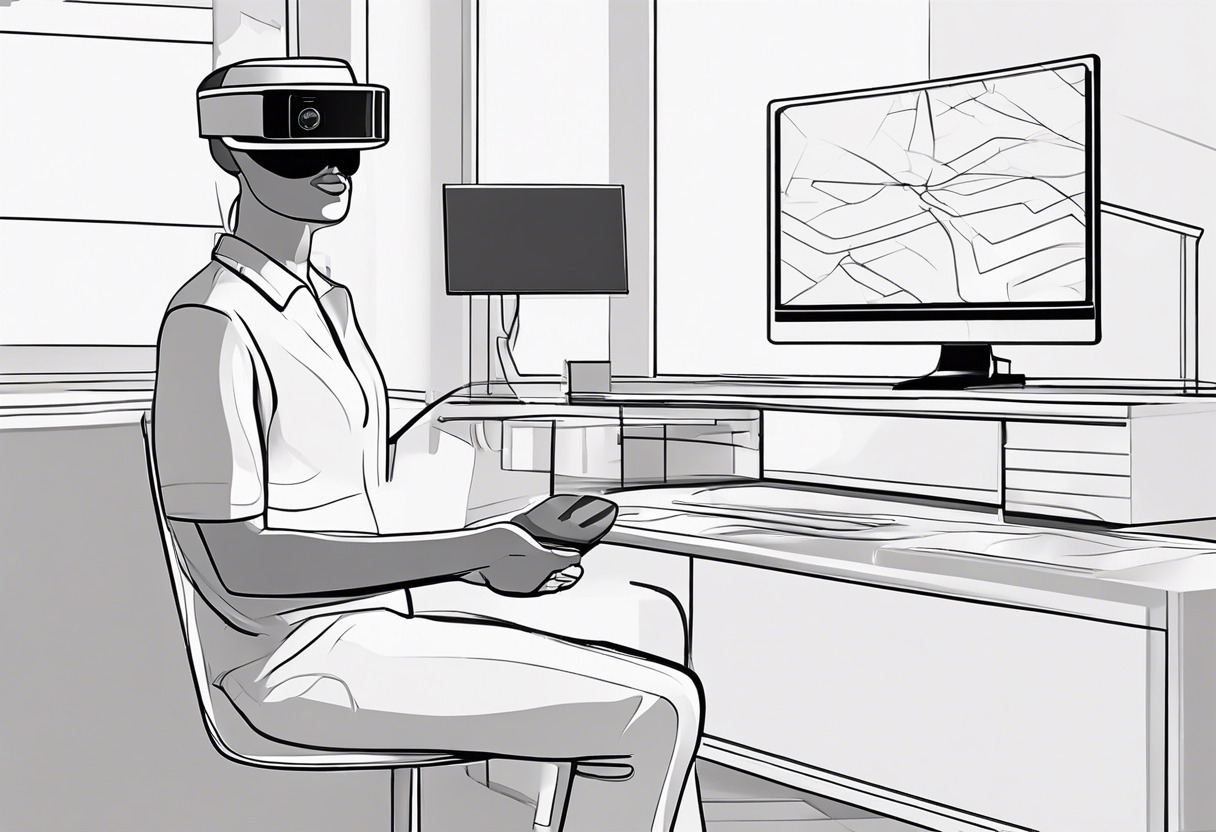
In conclusion, if your pursuit involves developing robust mobile VR applications, the Gear VR seems to be a considerable choice. However, Oculus Rift overshadows with its technologically advanced and user immersive VR experience. Your ultimate choice depends on your particular use-case and preference.
Hannah Stewart
Content writer @ Aircada, tech enthusiast, metaverse explorer, and coffee addict. Weaving stories in digital realms.



